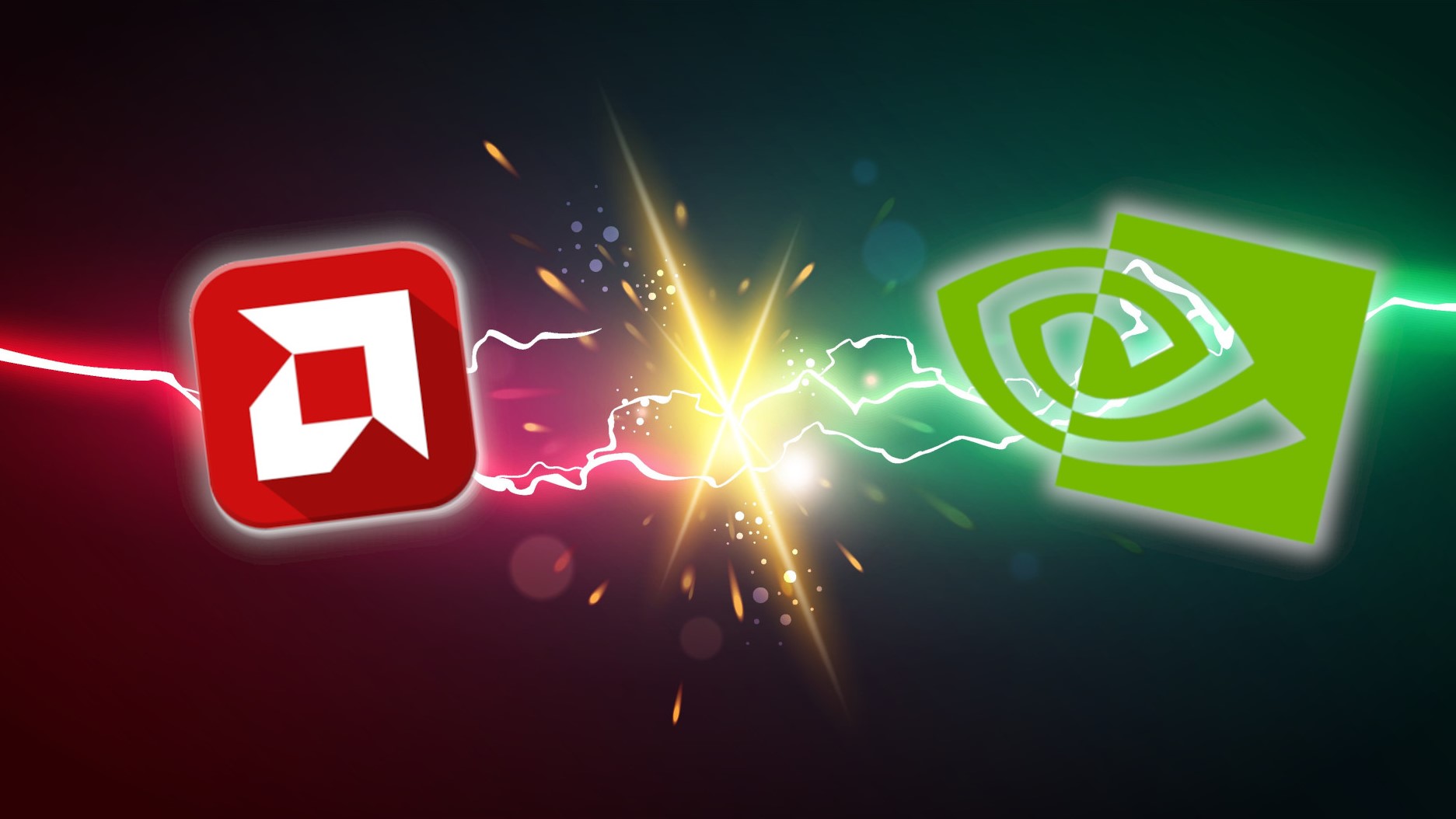
It’s hard to talk about AMD without bringing up arch nemesis Nvidia, and vice versa, when it comes to upscaling technology and GPU technology. Nvidia drops DLSS, and AMD follows quickly with FSR. Normally we expect Nvidia to lead with a new feature or product launch, with AMD soon following, but according to AMD’s Aaron Steinman, that’s not really how it goes.
PCGamer’s Jacob Ridley rightly describes this as a cat-and-mouse game. Steinman challenges the rhetoric of ‘Nvidia leading, AMD following’ by saying “I would be curious to know if Nvidia feels now they have to match what we’ve done in making some of these solutions driver-based.”
Steinmin seems to be referencing AMD’s Fluid Motion Frames launching later in January 2024 and the AMD FidelityFX Super Resolution (FSR) that’s already available. The main difference between technologies is their availability. AMD’s FSR is accessible to people regardless of the GPU they have, and is more widely available across most games, as it doesn't have to have developers support the software within their game.
AMD’s Steinman adds “DLSS is only available on certain solutions, so either Nvidia is going to have to benefit from our solution because we did make it open-source and cross-vendor, or they're probably going to need to do something similar”.
Tit for Tat?
AMD’s open-source technology allows people with Nvidia GPUs to use FSR in PC games that don’t support DLSS, while DLSS remains closed-source and exclusively available to certain Nvidia GPUs. So, team red looks - and depending on who you ask, is - more consumer-friendly and could lead game developers to just default to using FSR since it works with all GPUS, regardless of the GPU manufacturer.
So it’s easy to see that Steinman's suggestion that Nvidia will need to either make DLSS available on AMD GPUs or make DLSS open source to be able to compete, or get pushed aside due to accessibility. It’s not likely we’ll see this happen, however - Nvidia has been firm on resisting open source.
Despite Nvidia having a huge market lead, the GPU fight between AMD and Nvidia isn’t over yet, nor do we see it ending anytime soon. "I mean, the competition will never end, right? We'll have new technologies, they'll have new technologies," Steinman says.
This tussle can be good for consumers, however, as we could see new, innovative features added, and maybe even prices drop as they fight over us.
We’re covering all of the latest CES news from the show as it happens. Stick with us for the big stories on everything from 8K TVs and foldable displays to new phones, laptops, smart home gadgets, and the latest in AI.
And don’t forget to follow us on TikTok for the latest from the CES show floor!







